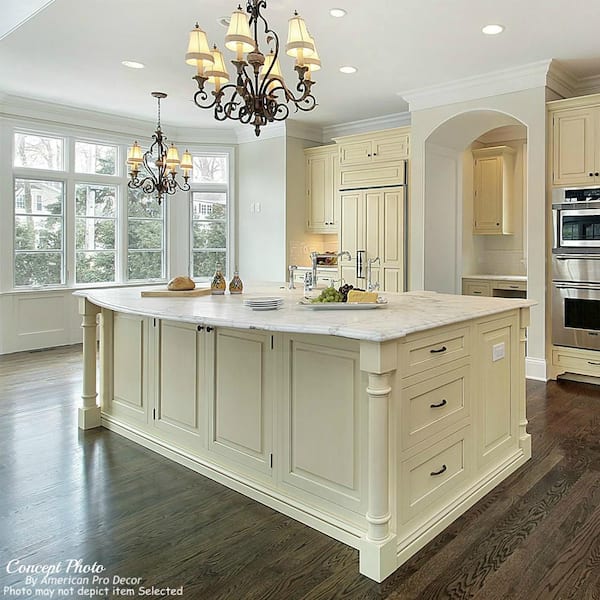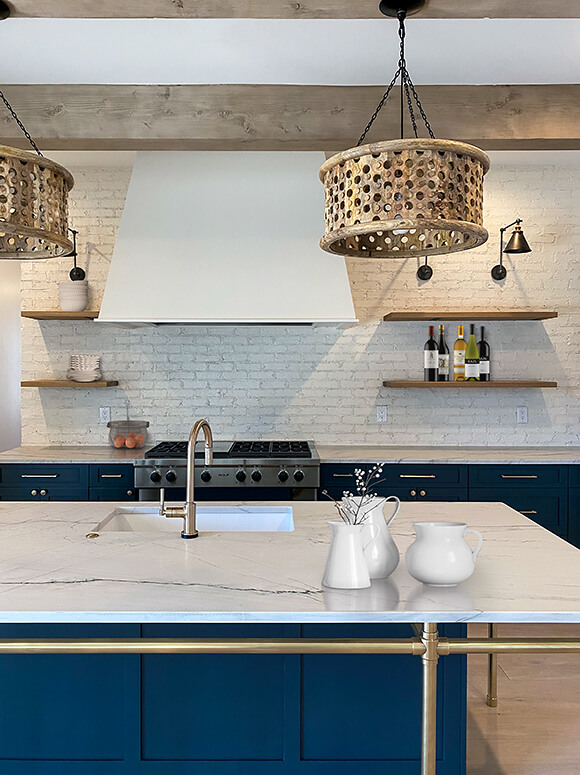Include Appeal and Personality to Your Room with Legs For Kitchen Island Creations
Include Appeal and Personality to Your Room with Legs For Kitchen Island Creations
Blog Article
An Overview to Choosing the Perfect Legs For Kitchen Island for Your Home
Choosing the ideal legs for your kitchen area island is a nuanced choice that influences both the functionality and visual charm of this main room. Factors such as height, materials, and style play an essential duty in harmonizing your island with the overall kitchen area style. In addition, recognizing the importance of stability and maintenance can considerably influence your option. As you take into consideration these components, it comes to be evident that the best legs can transform not only the look of your kitchen however also its usability for many years to find. What specific features should you prioritize in this option procedure?

Recognizing Kitchen Island Legs
When picking legs for a kitchen island, it's vital to comprehend their functional and aesthetic functions in the total design. The legs work as an important assistance system, guaranteeing security and durability for the island, which commonly operates as a work area, eating location, or collecting spot. The option of product and building and construction strategy must be robust enough to endure everyday usage and possible wear.
Along with their structural obligations, legs add substantially to the island's visual allure. They can boost the cooking area's style, whether through traditional, contemporary, or eclectic styles. The height and proportion of the legs are likewise important factors to consider; they have to integrate with the island's kitchen counter elevation while making certain comfy seating for those making use of the room.
In addition, the leg layout can affect the general circulation of the kitchen area. Open, airy leg styles can create a feeling of agility, while strong, considerable legs may convey a more based and secure visual - Legs For Kitchen Island. Comprehending these practical and aesthetic elements will guide homeowners in making educated selections that match their kitchen's design and boost its usability
Popular Styles and Materials
The selection of legs for a kitchen area island encompasses a range of preferred styles and materials, each offering one-of-a-kind qualities that can boost both functionality and looks. Traditional legs usually show ornate details and workmanship, boosting classic kitchen area layouts.

Height and Stability Factors To Consider

The legs of the cooking area island ought to give appropriate assistance, guaranteeing that the structure sites can hold up against everyday usage without tottering or changing. Product selection plays a considerable duty in stability; metal legs, for circumstances, tend to provide better strength compared to wood.
Matching Your Cooking Area Aesthetic
Choosing the ideal legs for your cooking area island exceeds performance; it additionally plays a significant role in the general visual of the room. When choosing legs, think about the layout style of your cooking area. For a modern look, sleek metal or minimalist styles can develop a tidy, modern-day ambiance. On the other hand, conventional or rustic kitchen areas usually take advantage of wood legs with elaborate outlining or a distressed surface, improving heat and personality.
Legs that enhance or contrast with your island's surface and bordering cabinets can create aesthetic harmony or striking focal points. In addition, think about the finish of the legs; matte, shiny, or textured coatings can substantially affect the overall feeling of the kitchen.
Installment and Maintenance Tips
Installing cooking area island legs requires mindful interest to information to make official statement sure both stability and visual appeal. Begin by picking a suitable area for your island, ensuring it is degree and has sufficient room for motion. If you are attaching the legs to a wall or making use of brackets for added assistance, use a stud finder to find wall surface studs. Mark the placement of the legs precisely before boring.
When protecting the legs, make use of premium screws and, if essential, wood glue for extra toughness. For metal legs, guarantee that you are making use of appropriate anchors and tools to protect against damage to your flooring. It is recommended to examine for levelness after installment, making adjustments as needed to prevent wobbling.
Upkeep is equally crucial for additional hints long life - Legs For Kitchen Island. Regularly check the legs for any type of indications of wear or loosening, especially in high-traffic locations. Tidy the legs with an ideal cleaner, staying clear of unpleasant products that might damage the surface area. For wood legs, take into consideration using a timber conditioner regularly to preserve their surface. By complying with these installation and maintenance tips, you can ensure that your kitchen island legs remain both aesthetically attractive and practical.
Conclusion
Finally, choosing the suitable legs for a kitchen island demands cautious consideration of elevation, security, and aesthetic compatibility. By picking ideal materials and designs that line up with the overall cooking area style, performance can be enhanced while keeping visual allure. Appropriate installation and recurring maintenance further add to the sturdiness and longevity of the cooking area island. Ultimately, thoughtful leg option plays a vital role in boosting both the functionality and layout of the kitchen area room.
When choosing legs for a kitchen island, it's vital to understand their practical and visual roles in the general layout. Open, airy leg styles can produce a feeling of agility, while solid, considerable legs might share a more grounded and steady visual. The legs of the kitchen island ought to give adequate support, making certain that the structure can endure everyday usage without tottering or shifting.Setting up kitchen area island legs calls for mindful attention to detail to guarantee both stability and aesthetic charm.In verdict, picking the appropriate legs for a kitchen island necessitates cautious consideration of height, stability, and aesthetic compatibility.
Report this page